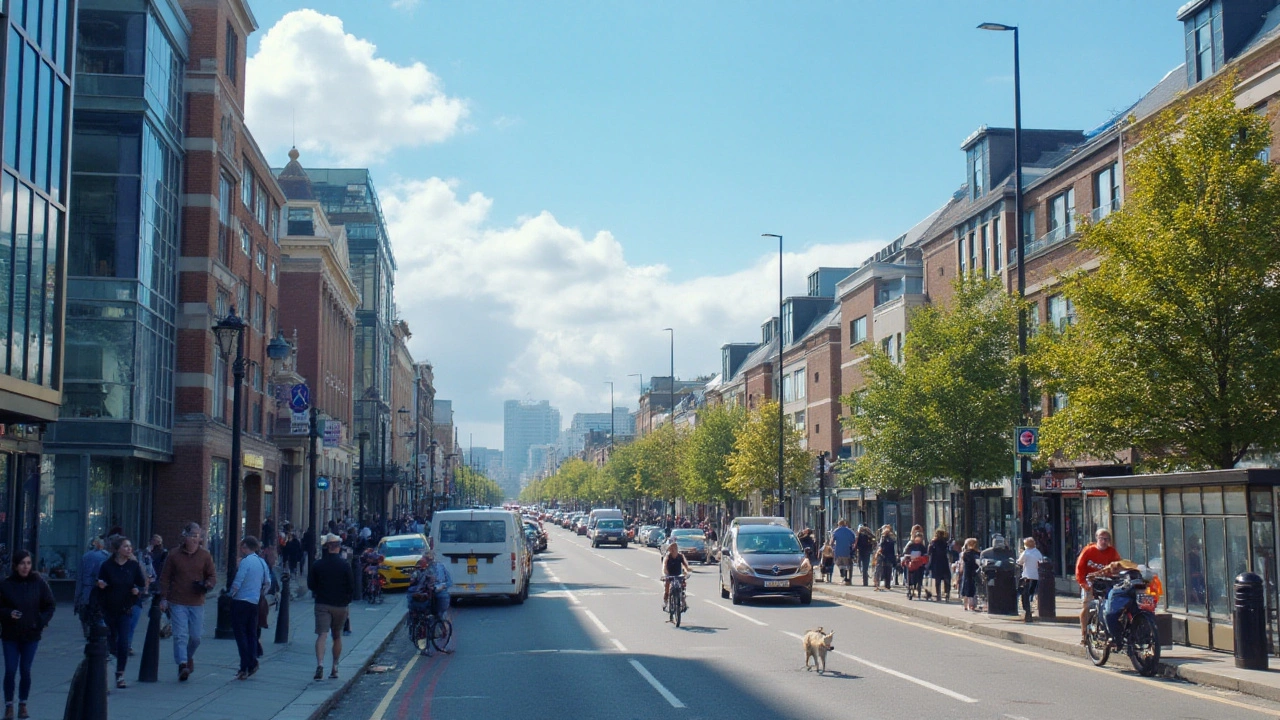Remote Work: Practical Tips to Stay Productive Anywhere
If you’ve swapped a cubicle for a couch, you know remote work feels both freeing and confusing. The good news? Small changes can turn chaos into a smooth routine. Below are real‑world steps that help you stay on track without overcomplicating things.
Create a Focused Home Office
First thing: carve out a dedicated spot for work. It doesn’t have to be a fancy desk; even a sturdy table and a comfortable chair do the trick. Keep this area free from TV, snacks, or anything that signals “relax.” When you step away at the end of the day, physically leaving the space tells your brain it’s time to switch off.
Good lighting matters more than you think. Natural light reduces eye strain and lifts mood, so place your setup near a window if possible. If daylight is scarce, a simple desk lamp with a warm bulb works fine. A tidy surface—just your laptop, notebook, and maybe one plant—helps keep distractions low.
Master Communication & Collaboration
Remote teams live by clear communication. Start each day by checking messages on Slack, Teams, or whatever platform your group uses. Set a “response window” (for example, 15 minutes) so you’re not glued to notifications all day, but still stay reachable for urgent matters.
When you need to discuss something complex, hop on a quick video call instead of a long email thread. Seeing faces reduces misunderstandings and builds trust. Keep calls short—use an agenda and stick to it. If you’re the host, share a brief recap afterward so everyone leaves with the same takeaways.
Tracking tasks can be as simple as a shared Google Sheet or a free tool like Trello. List what you need to finish today, assign deadlines, and move cards when done. Watching progress visually boosts motivation and lets teammates see where help might be needed.
Don’t forget breaks. The Pomodoro method—25 minutes focused work followed by a 5‑minute break—is popular for a reason. Stand up, stretch, or walk to the kitchen during those short pauses. It clears mental fog and keeps your energy steady throughout the day.
Set clear boundaries with family or housemates. Explain your core working hours and ask for quiet time when you’re on calls. A simple sign on the door can be a lifesaver, especially if kids are home.
Stay organized by ending each day with a quick review. Jot down what you accomplished, note any pending items, and plan tomorrow’s top three priorities. This habit reduces anxiety about “forgotten” tasks and gives a sense of closure.
Health matters too. Remote work can make us forget to move. Schedule a 10‑minute walk after lunch or do a quick home workout in the afternoon. Hydration is easy—keep a water bottle on your desk and sip regularly.
Finally, keep learning. New tools pop up all the time; spend a few minutes each week exploring a feature you’ve never used before, whether it’s keyboard shortcuts or a collaboration app. Small upgrades add up to big efficiency gains.
Remote work isn’t a one‑size‑fits‑all solution, but with a solid workspace, clear communication, regular breaks, and a habit of reviewing your day, you’ll find a rhythm that works for you. Give these tips a try, tweak what feels off, and enjoy the freedom that comes with working from anywhere.
Work-From-Home Policies: A Cure for Urban Traffic Congestion?
With the rising adoption of work-from-home policies, urban areas experience significant changes in traffic patterns. These shifts affect city life, local economies, and environmental sustainability. The transformation challenging city planners prompts a reevaluation of current infrastructure. From reduced rush hour snarls to increased flexibility, remote work revolutionizes urban landscapes. It's vital to explore both the short and long-term effects on cities and public transportation.
© 2026. All rights reserved.

